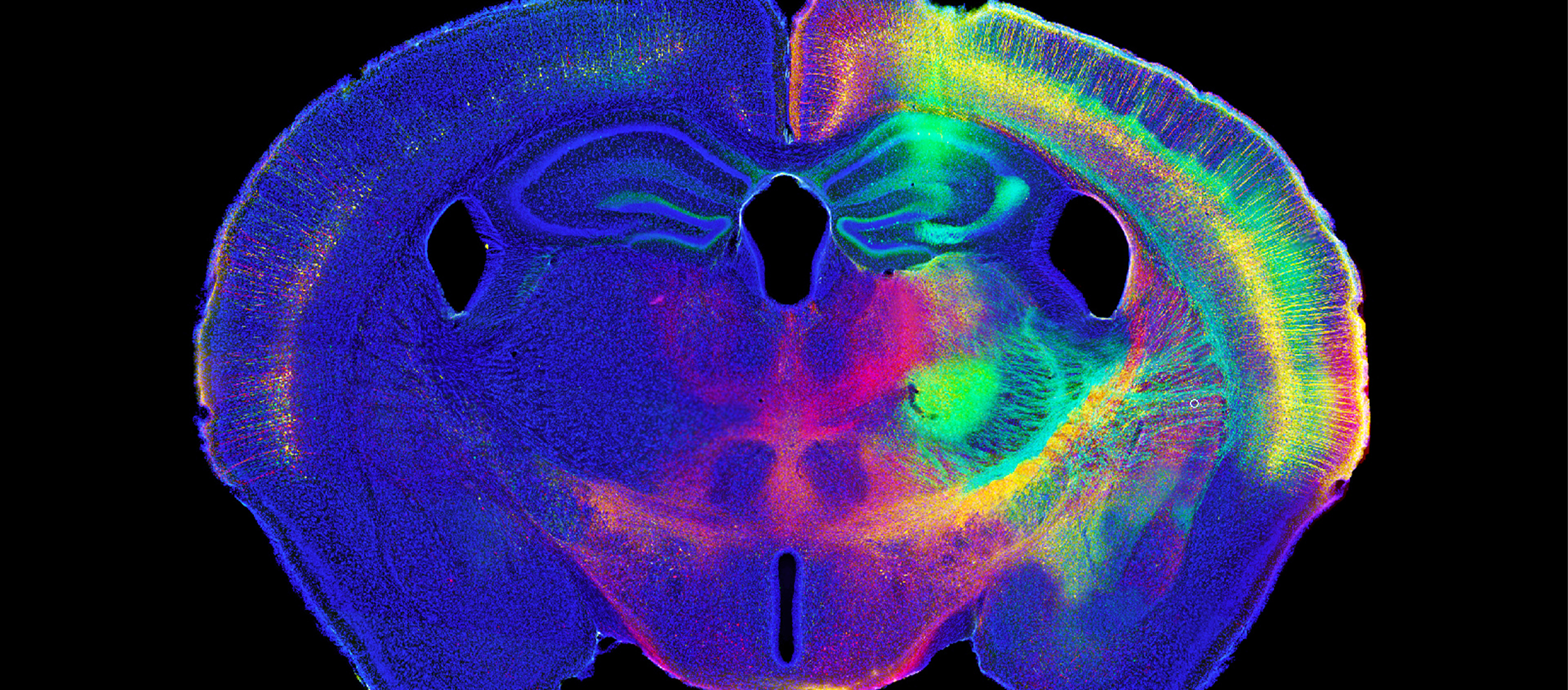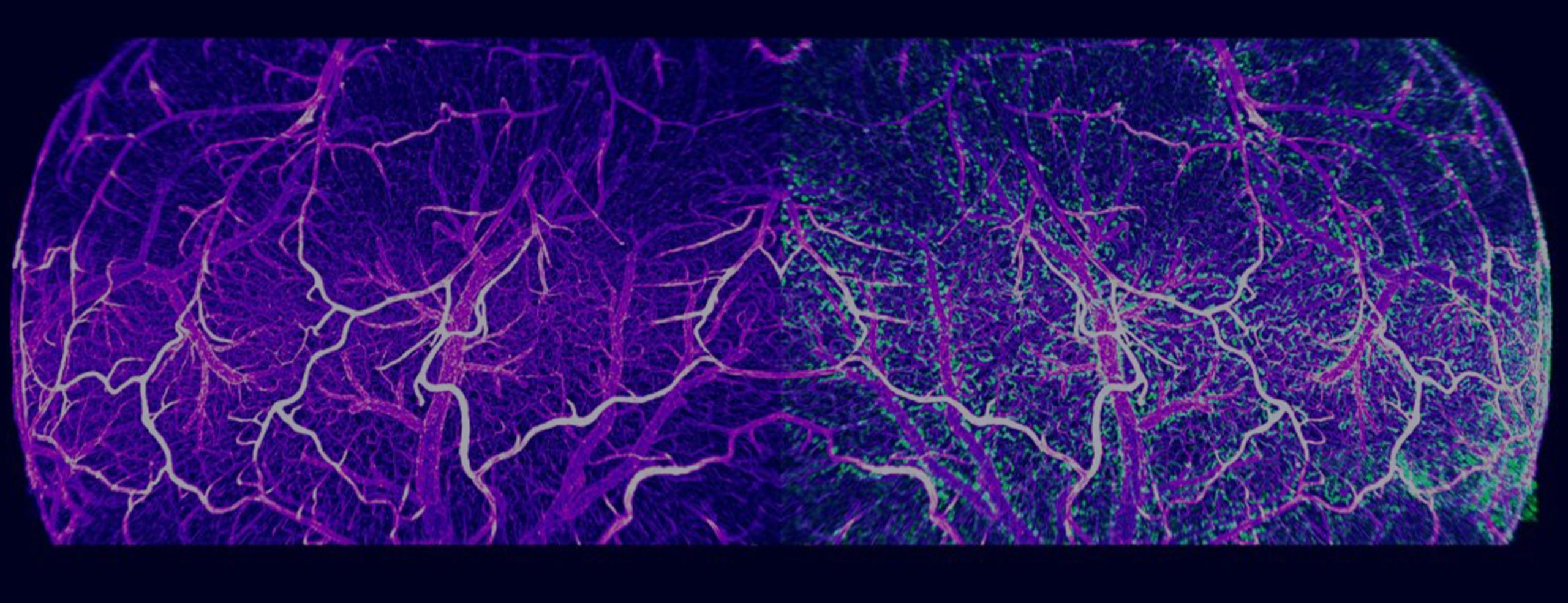We are pleased to announce that the International Neuroinformatics Coordinating Facility (INCF) has endorsed the MBF Bioscience neuromorphological file format as a standard. The file format is used in our products for neuroscience research for important applications such as digital neuron tracing, brain mapping and stereological analyses. MBF Bioscience products, including Neurolucida, Neurolucida 360, Stereo Investigator, Vesselucida 360, and NeuroInfo use this neuromorphological file format. This file...
Read MoreMBF Products & Service Solutions
When we flex our thumb or point our finger, axons carry impulses from the brain to neurons in the spinal cord, which send messages to the muscles in our hands. In an important study in 1983, Jenny and Inukai at the Washington University School of Medicine reported the organizational patterns of those finger movement motoneuron columns in the primate spinal cord. Now, nearly 40 years...
Read MoreObesity has reached epidemic levels worldwide. It is a major cause of deadly illnesses, such as diabetes, cardiovascular disease, and some cancers, and has been linked to reduced quality of life and poor mental health outcomes. Efforts to combat this epidemic have so far failed to have an appreciable impact. Seeking novel targets with the potential to move the needle on obesity-linked cardiometabolic disorders, a research...
Read MoreResearchers studying structure and function in rat brain can now use NeuroInfo to analyze and register their brain volumes to the Waxholm Rat Brain Atlas Version 4—an open access volumetric atlas of the Sprague Dawley rat brain. “NeuroInfo already includes extensive analysis capabilities for mouse brain research by standardizing measurements on brain volumes to the Allen Mouse Brain Atlas. The inclusion of a rat atlas in...
Read MoreOur health depends on the ability of blood vessels to deliver nutrients and remove metabolic byproducts from organs and muscle systems. But what happens to this delicately balanced process after traumatic injury? Scientists generally understand that skeletal muscles can regenerate, but little is known about how this happens at the level of our microvasculature. [caption id="attachment_7659" align="aligncenter" width="699"] Representative maps of resistance networks from feed artery...
Read MoreMost neuroscientists are familiar with the saying “cells that fire together wire together,” which is often used to summarize the Hebbian theory of synaptic plasticity—first put forth in Donald Hebb’s book The Organization of Behavior in 1949. The theory describes how coincident activity between pre- and post-synaptic cells can shape synaptic strength. Verified decades later, the theory has since become accepted within the neuroscientific community. However,...
Read MoreThe heart has a “little brain.” It’s a network of neurons known as the intrinsic cardiac nervous system (ICNS), and it plays a key role in regulating cardiac activity. Building on previous research (Achanta et al., 2020), which resulted in a 3D map of the rat ICNS, a new study by a team of scientists from the University of Central Florida, Thomas Jefferson University, the University...
Read MoreAs an unborn baby develops in the womb, its growth depends on a variety of factors, genetics among them. But sometimes a fetus doesn’t grow as much as is normally expected in relation to its gestational age. This is called intrauterine growth restriction (IUGR) or fetal growth restriction (FGR)....
Read MoreThe ability to efficiently acquire large experimental data sets of 2D, 3D and 4D images is advancing rapidly across science. Tools for effectively managing and analyzing this ’big data’ are something that nearly all researchers need. MBF Bioscience has and continues to address this big data need. Modern imaging devices can produce data sets sized in the TBs. For example, our cutting edge ClearScope light sheet...
Read MoreMBF Bioscience is now leveraging how neurons learn in order to improve neuroscience research using microscopy. By incorporating artificial neural networks into MBF Bioscience software, we’re equipping neuroscientists with tools that characterize neuronal populations with unprecedented accuracy and anatomic specificity through entire brain volumes. In the webinar titled, “Improved detection of c-fos labeled and pyramidal neurons using deep machine learning in NeuroInfo,” Dr. Gerfen, joined by...
Read More











